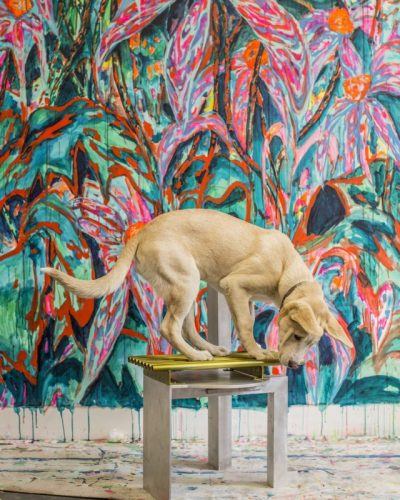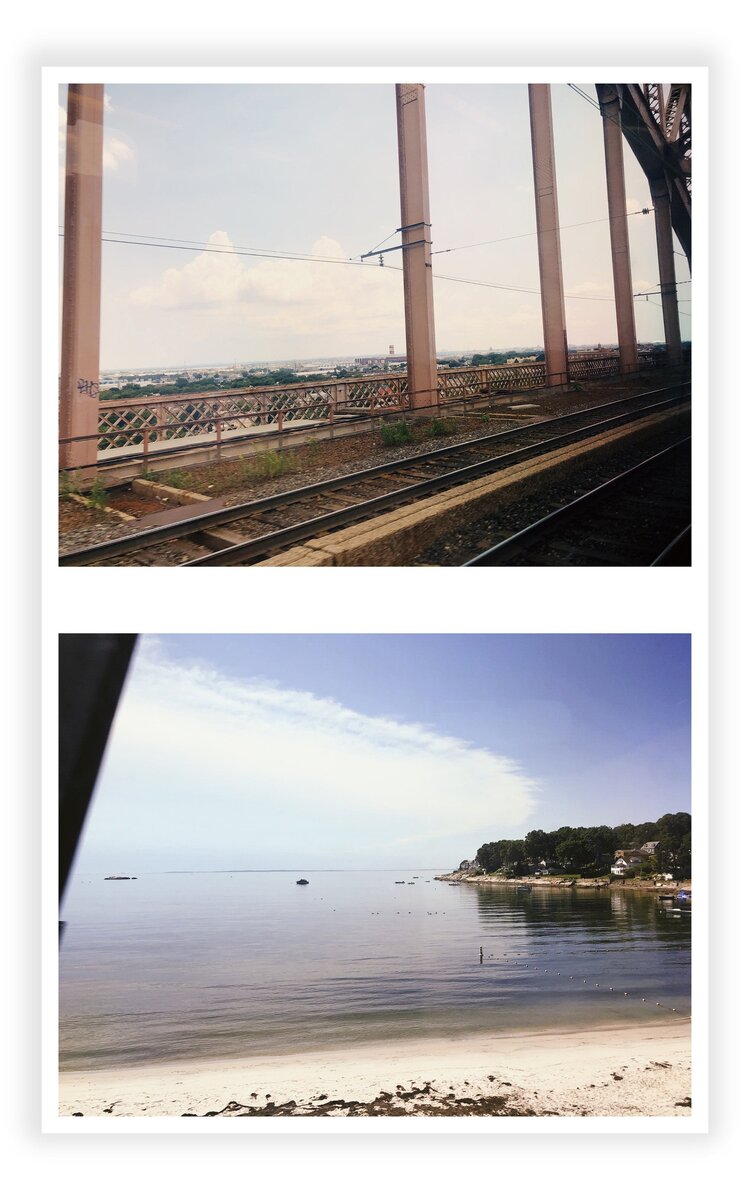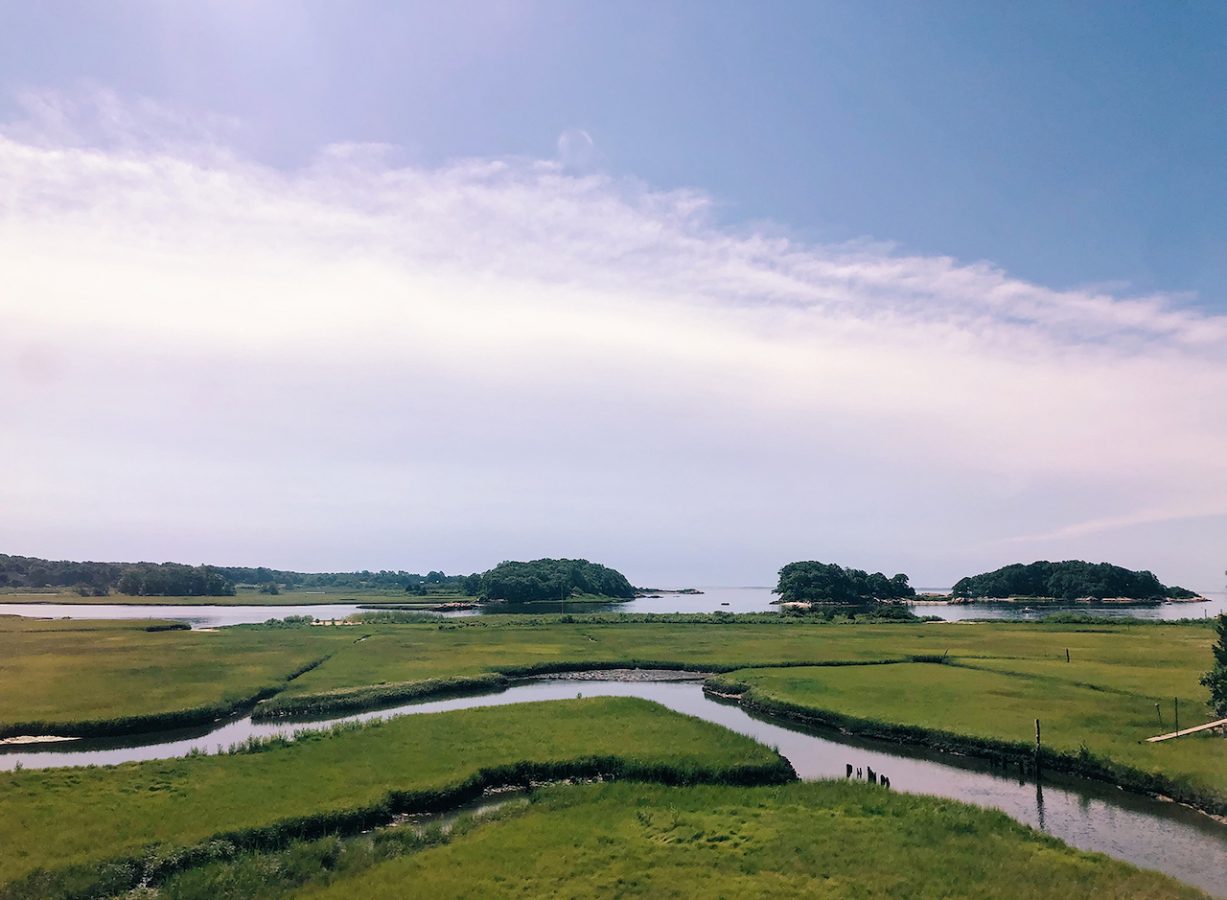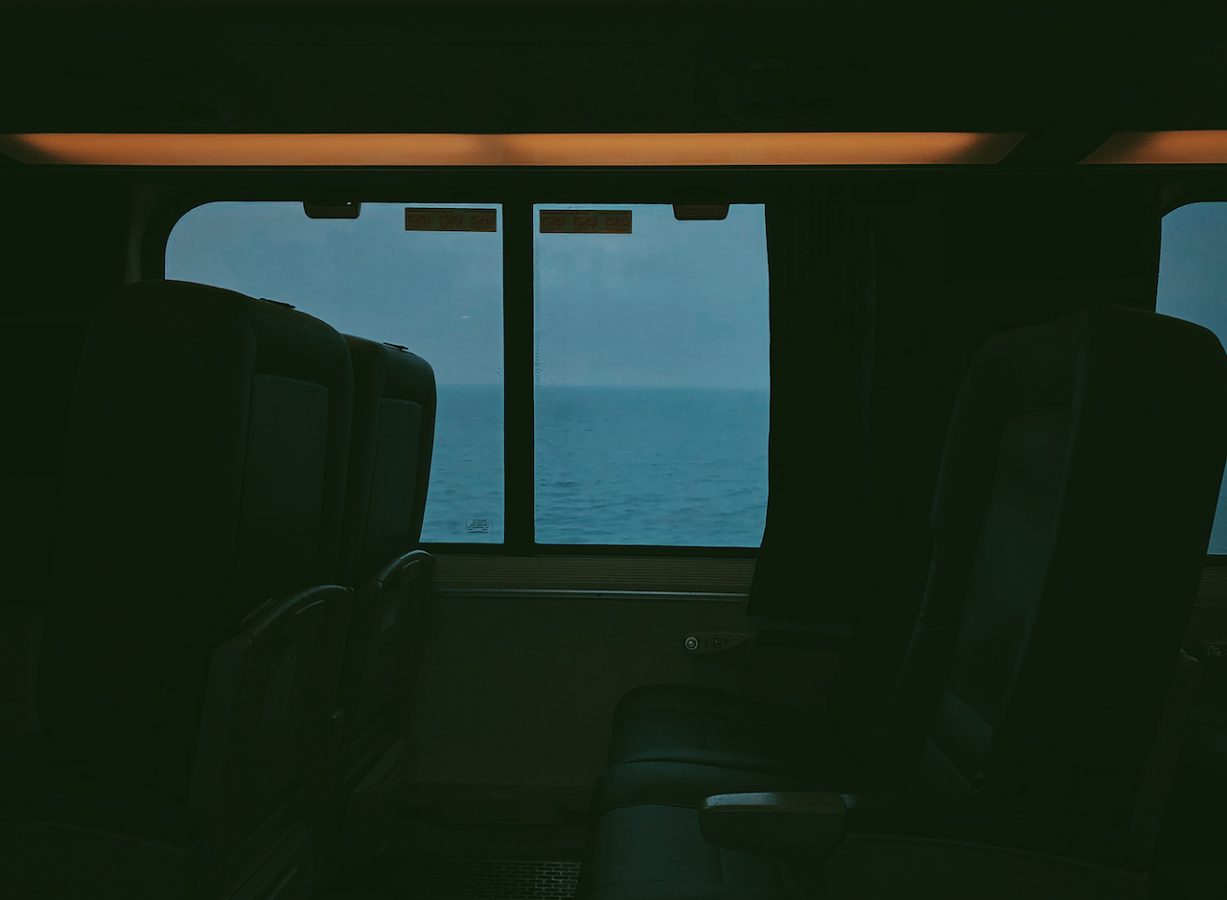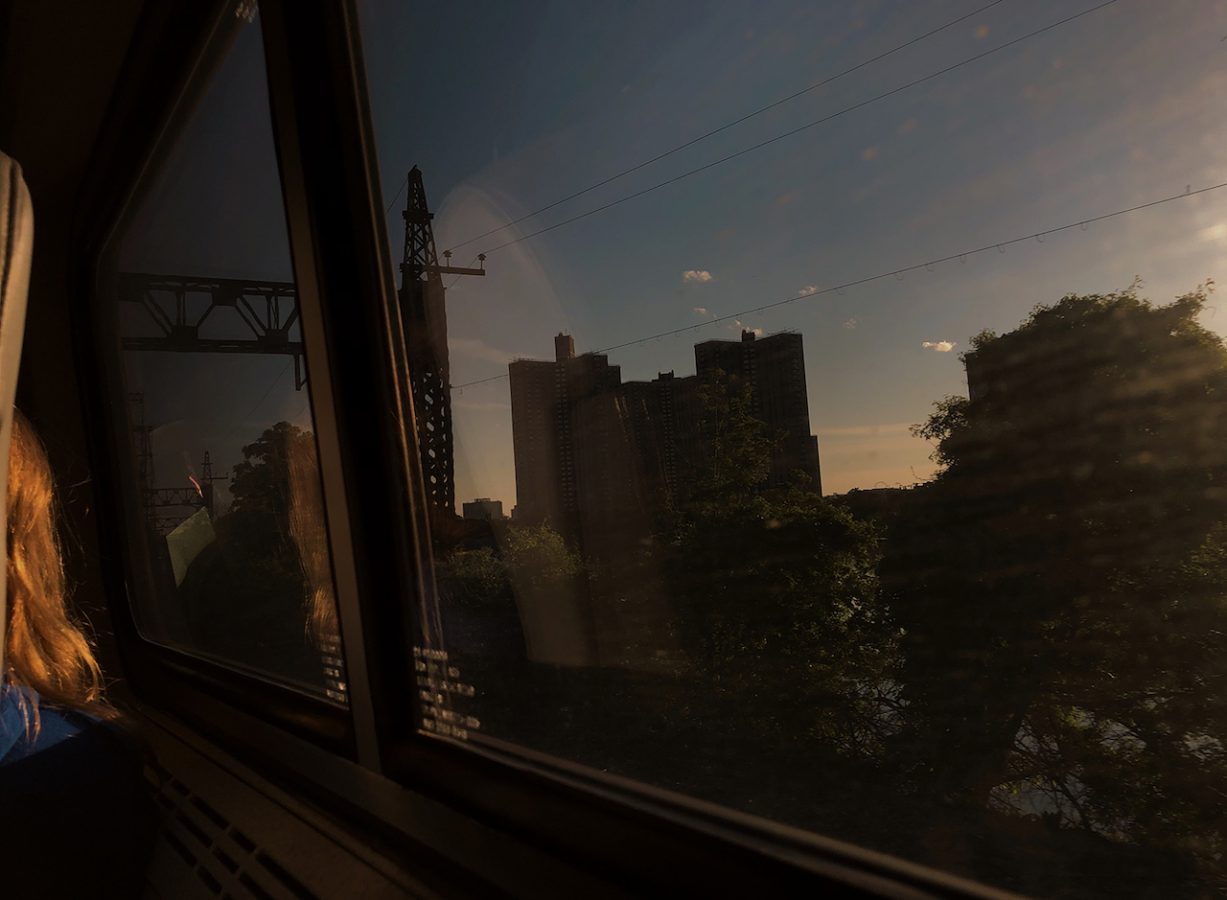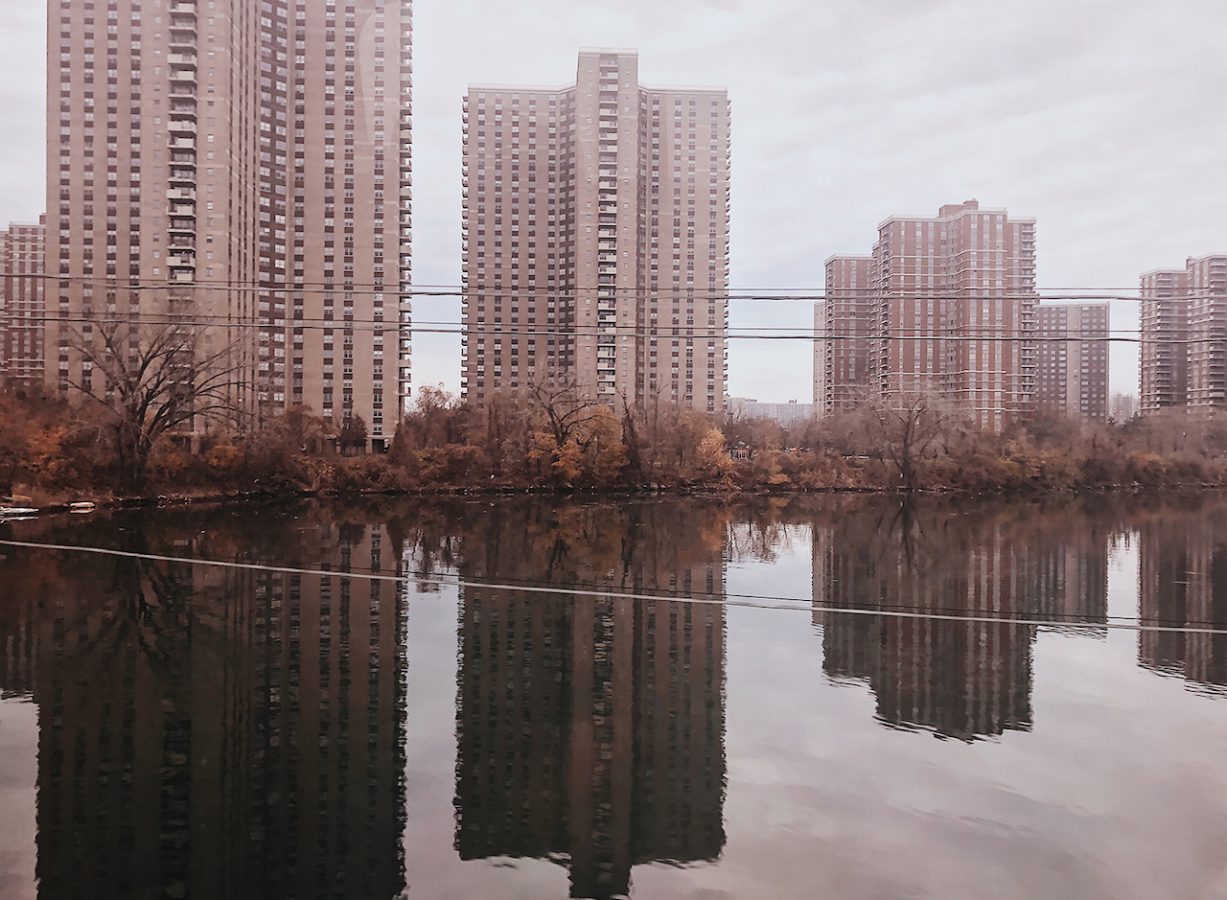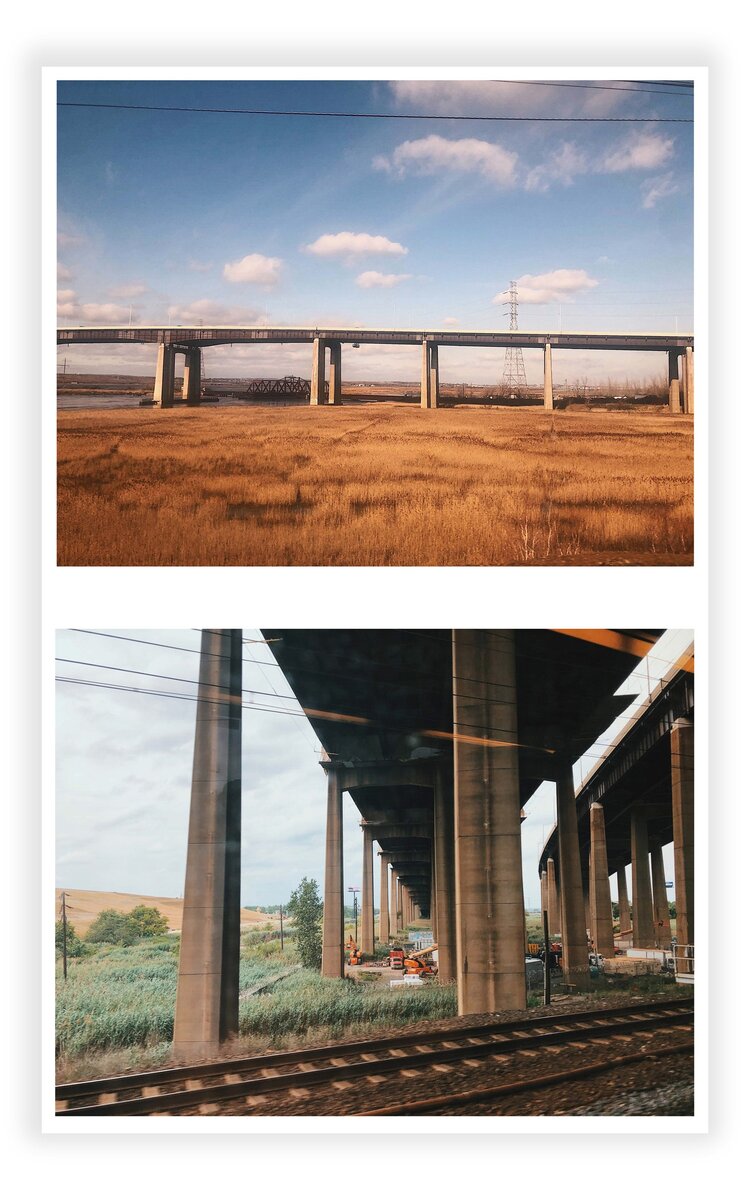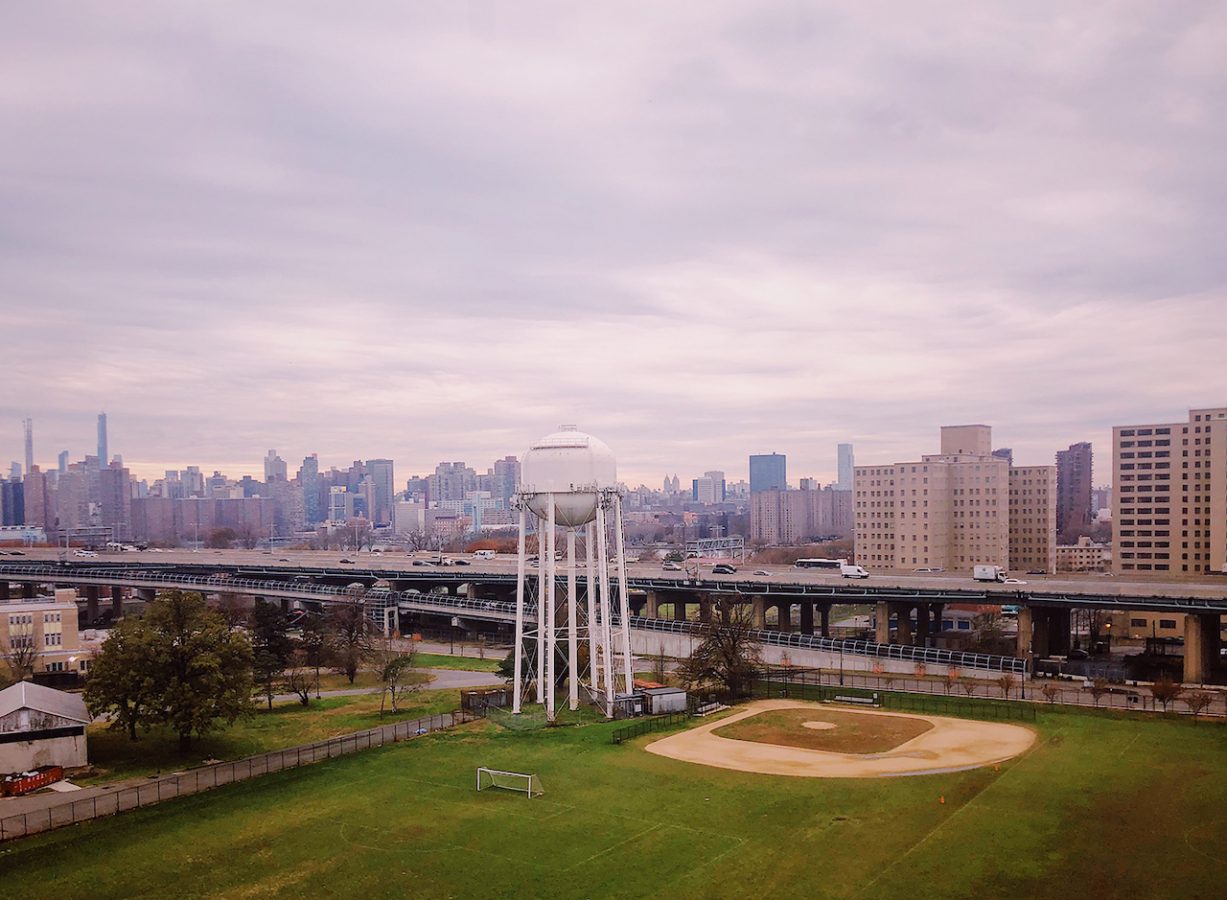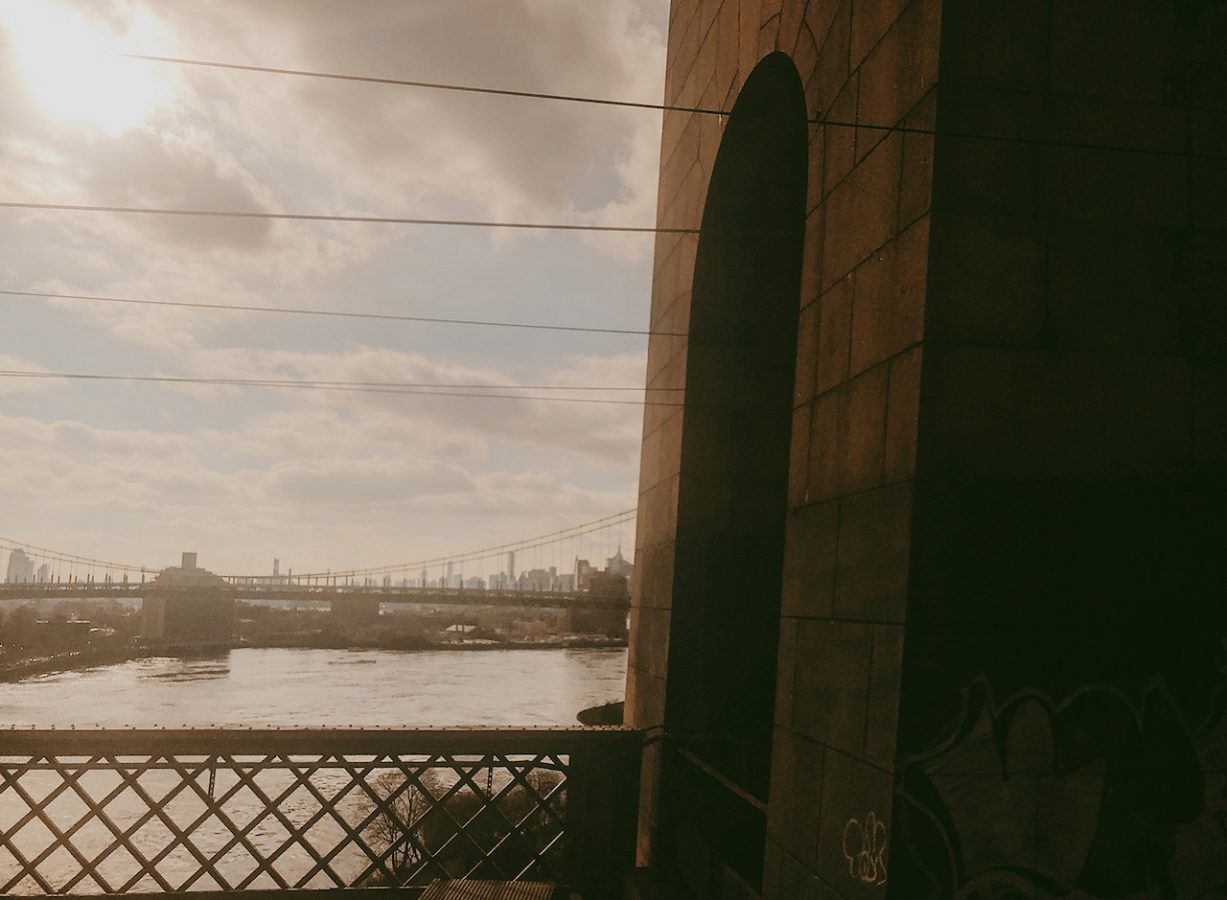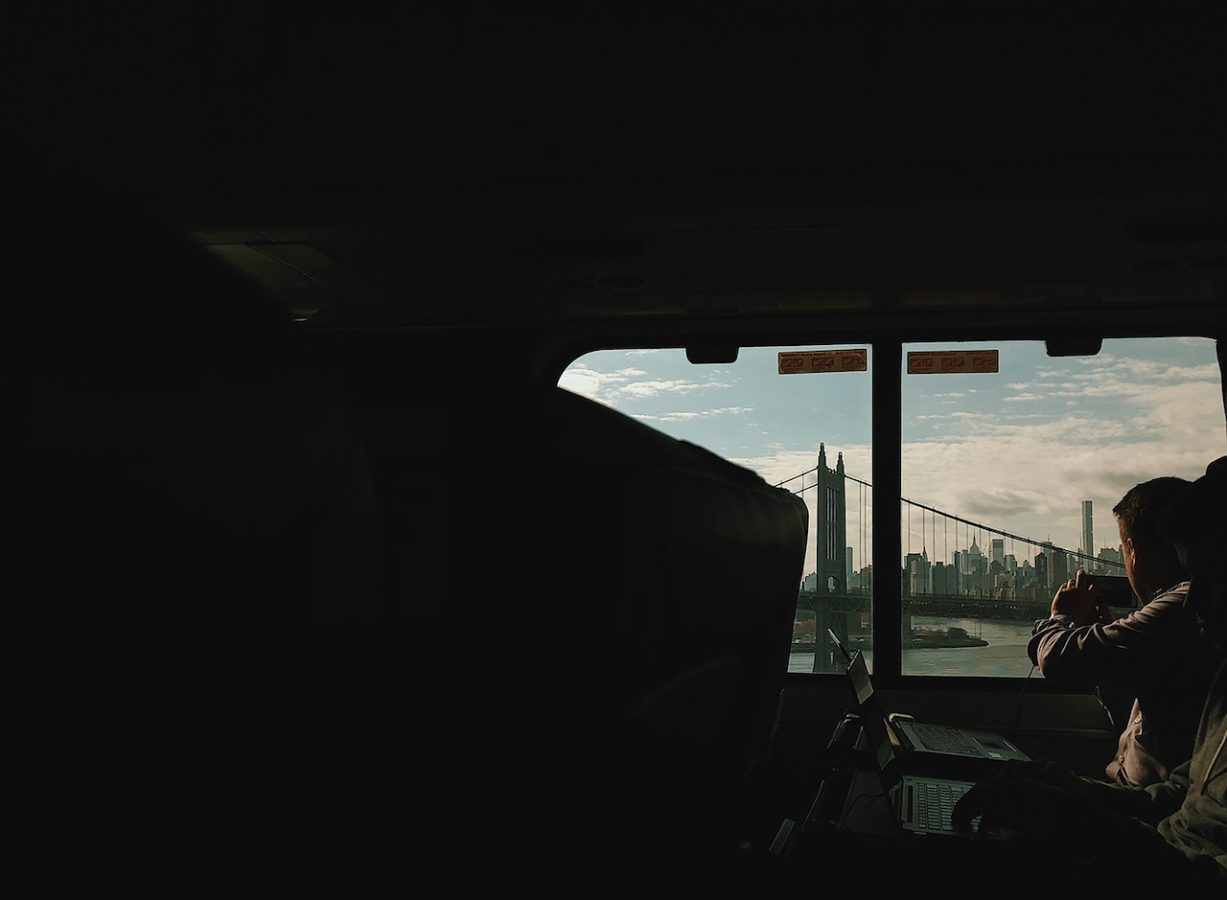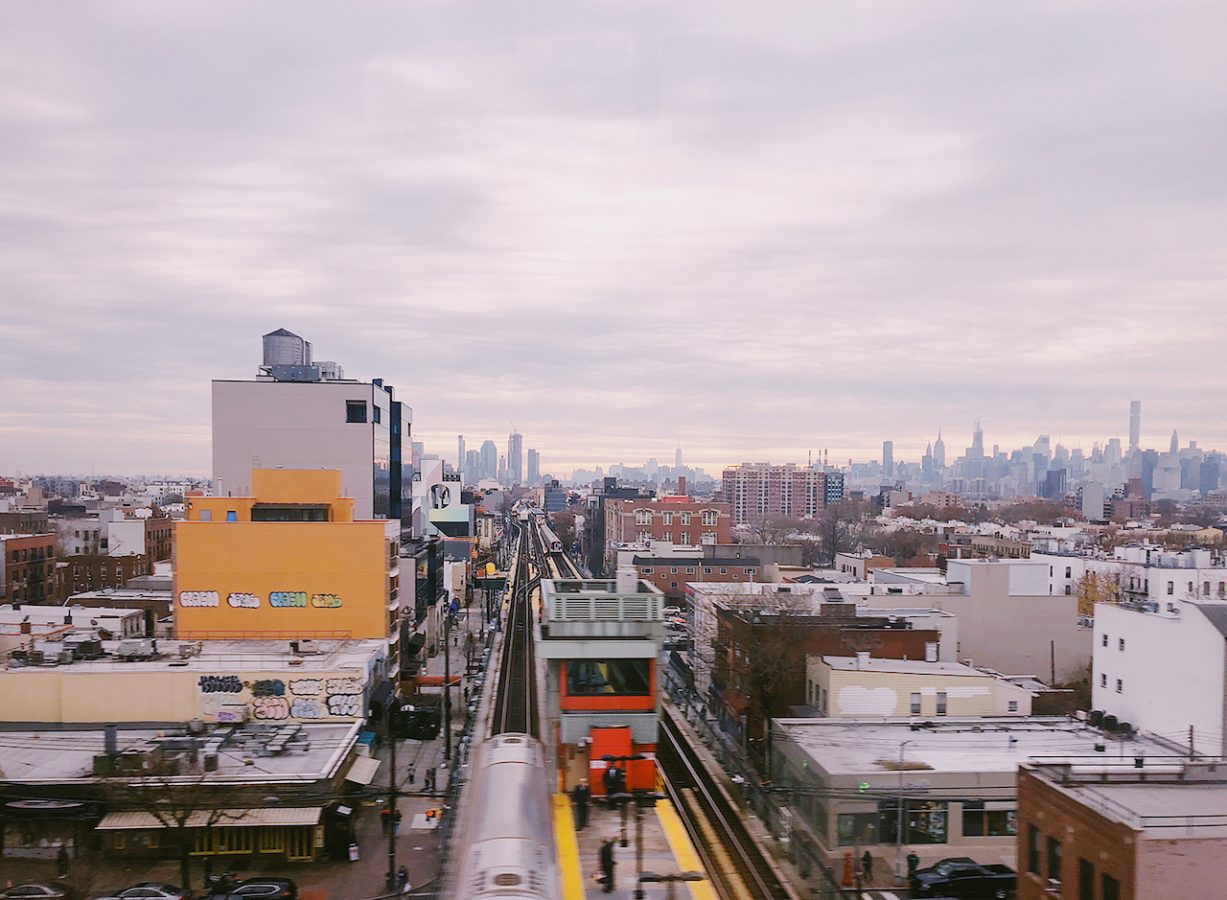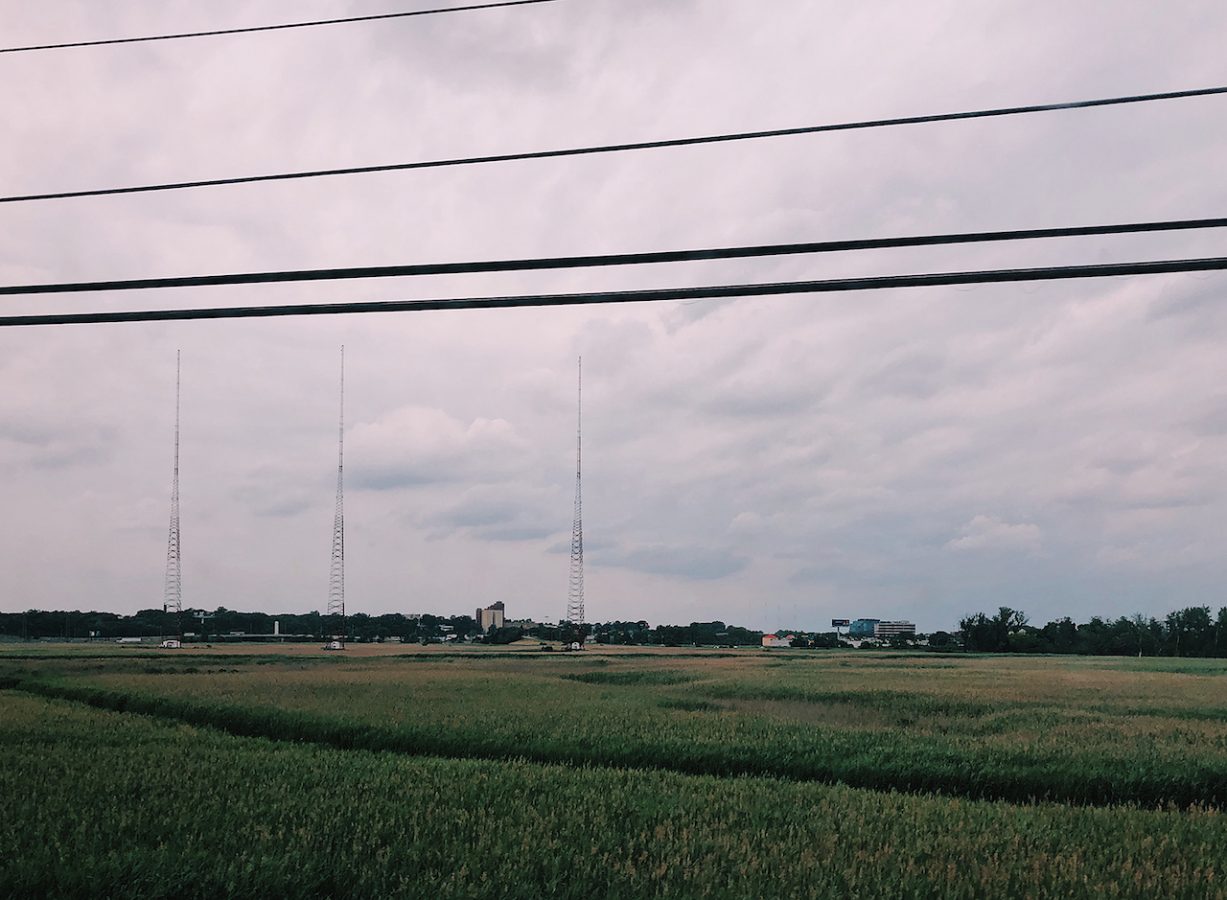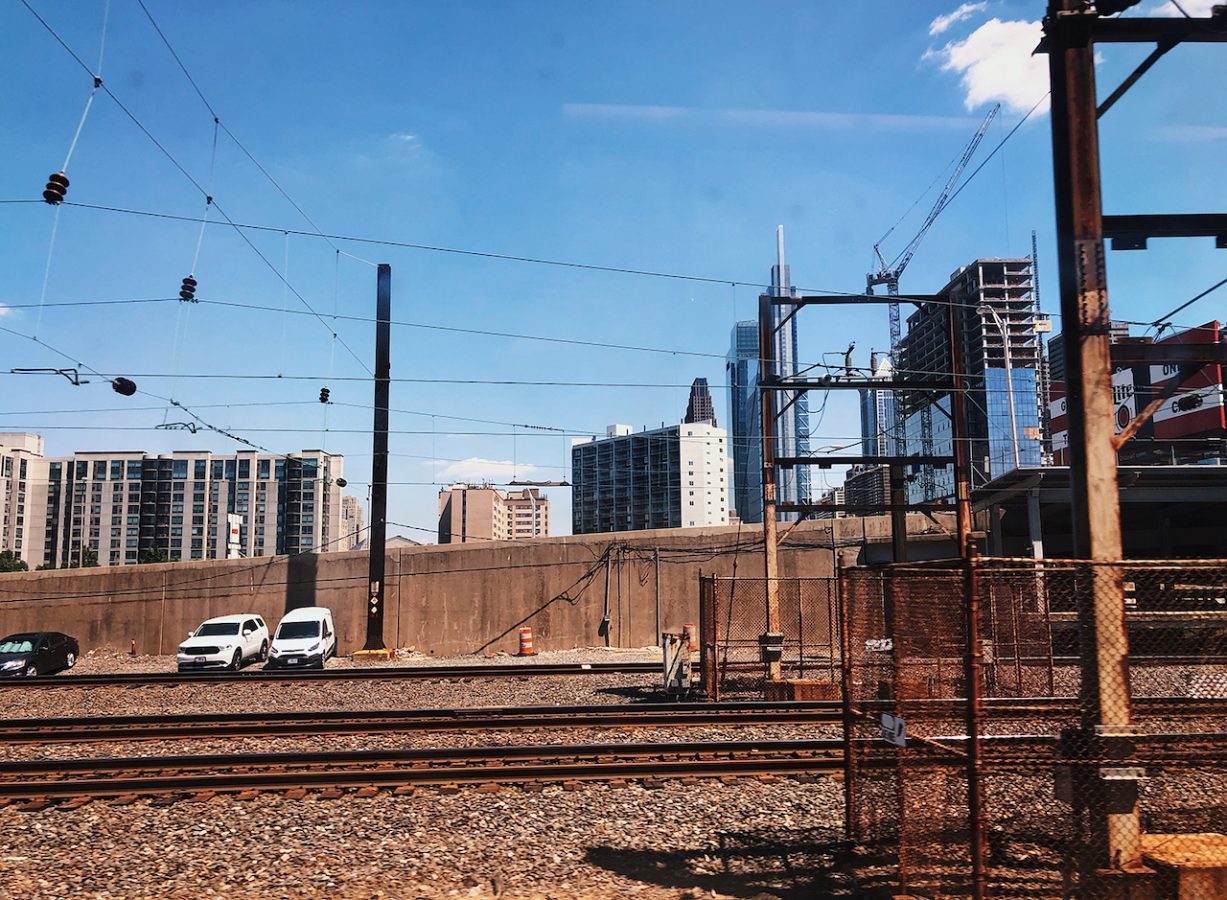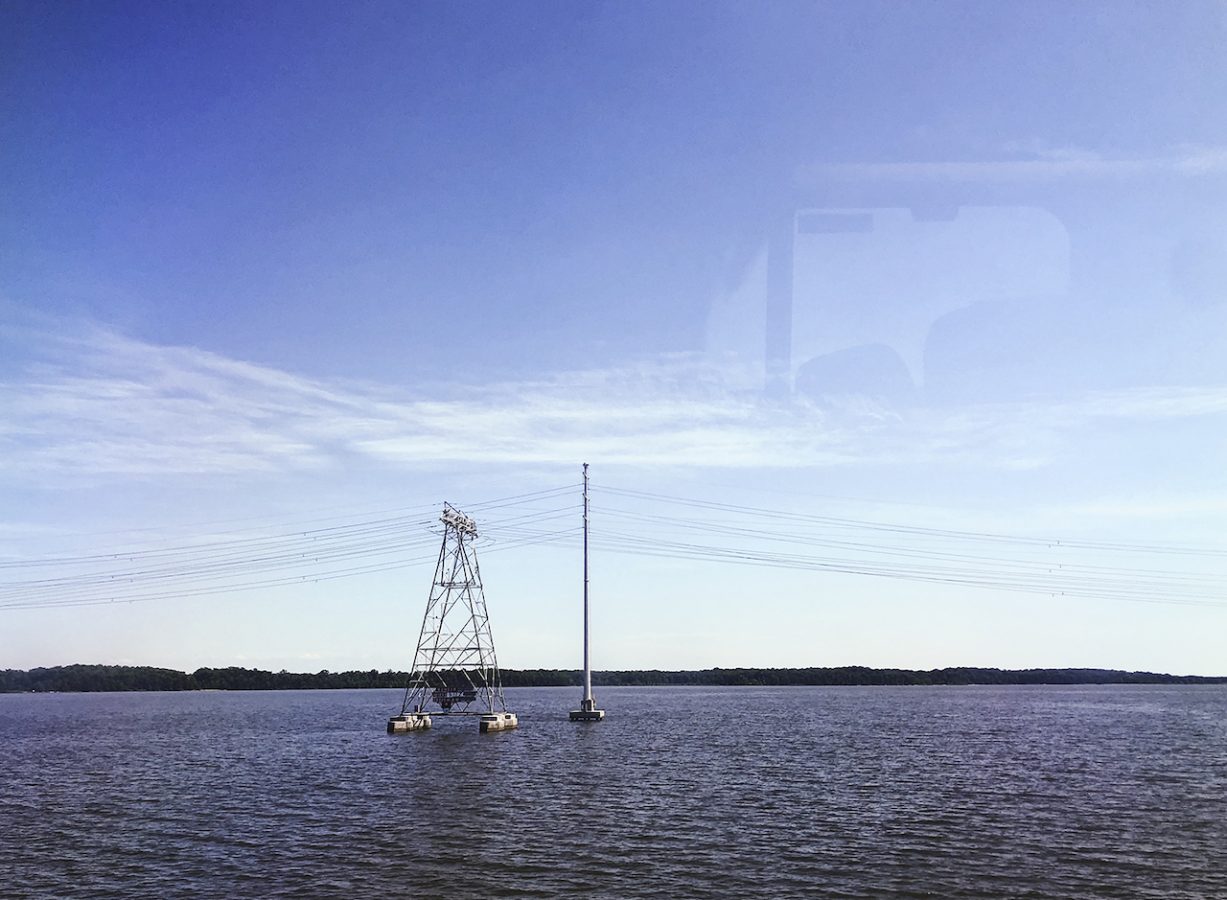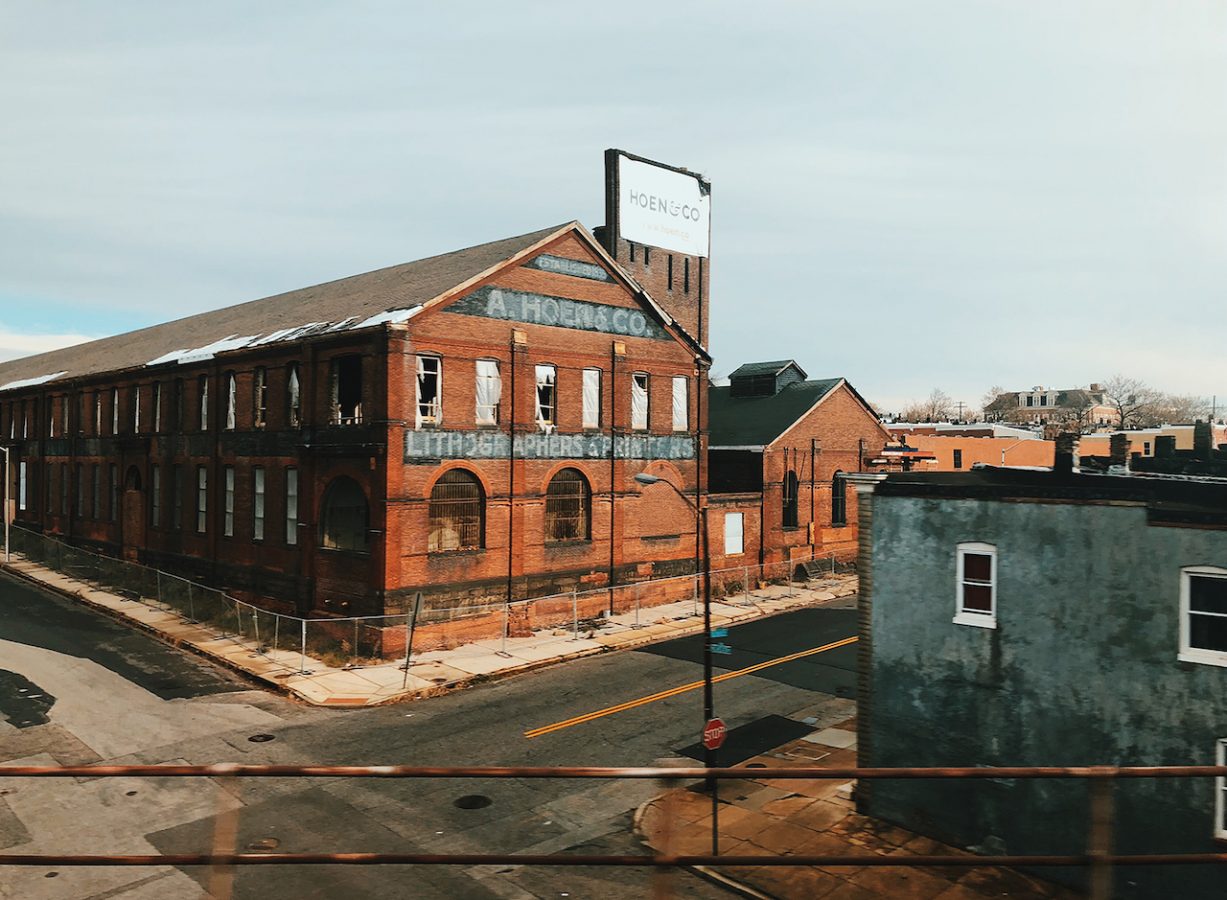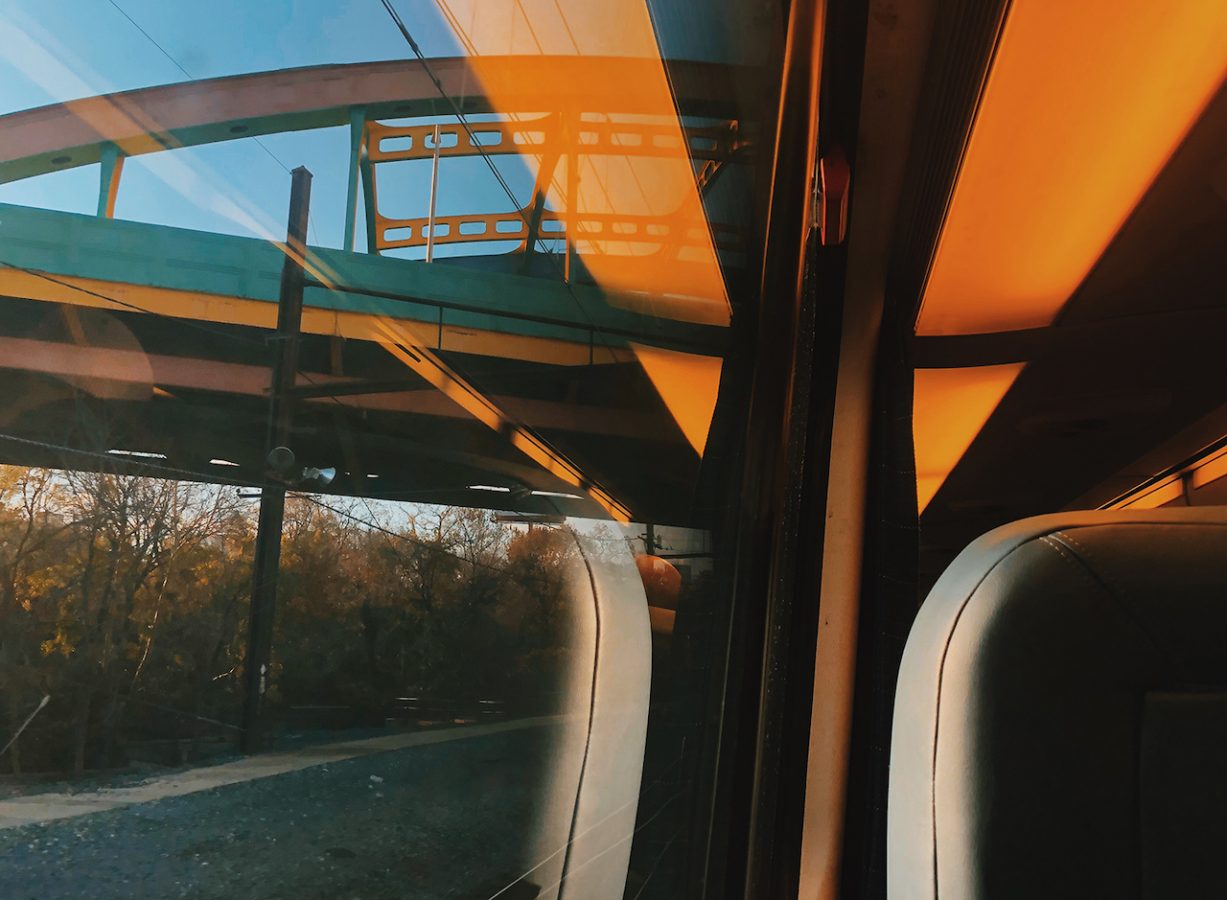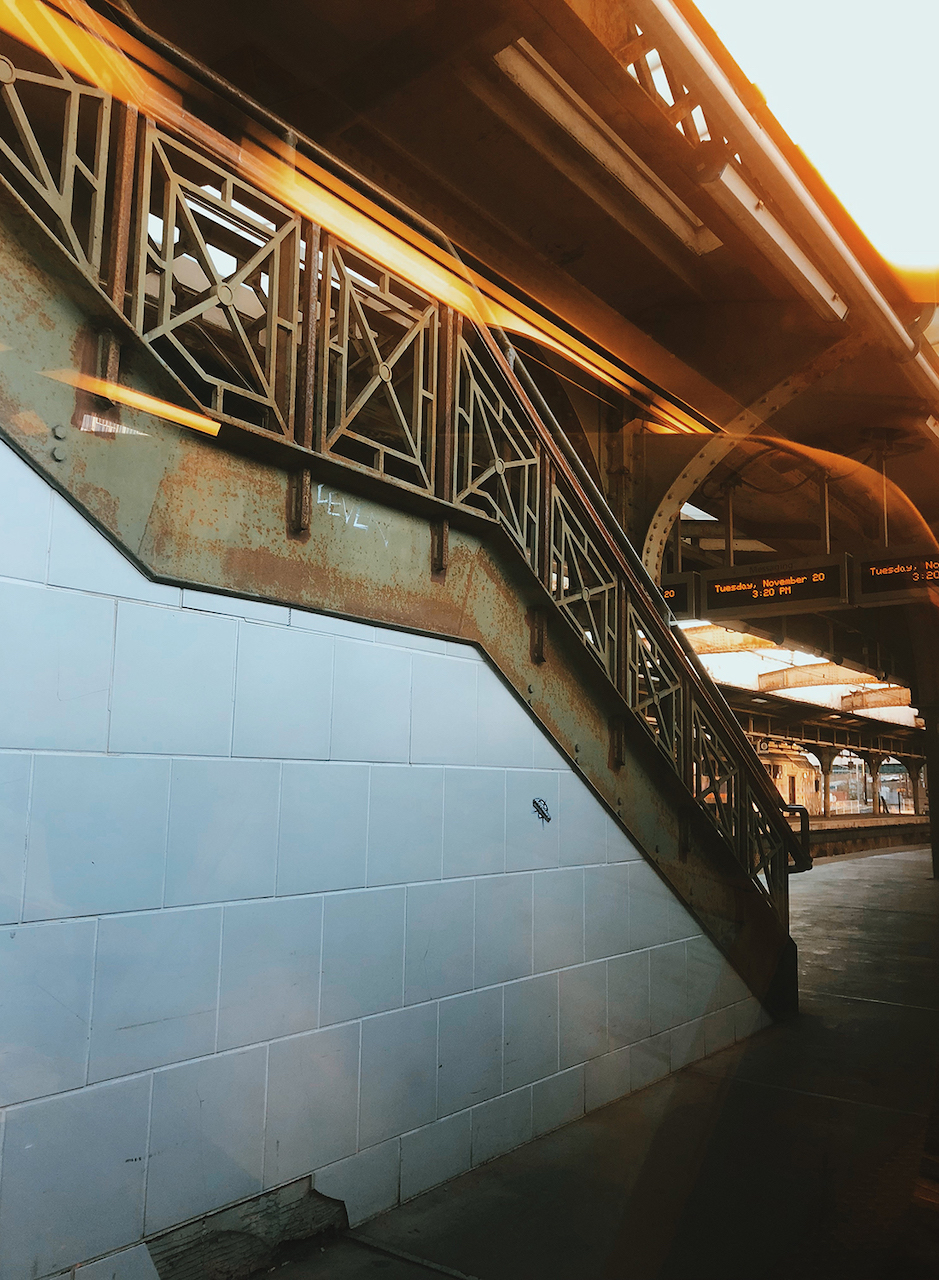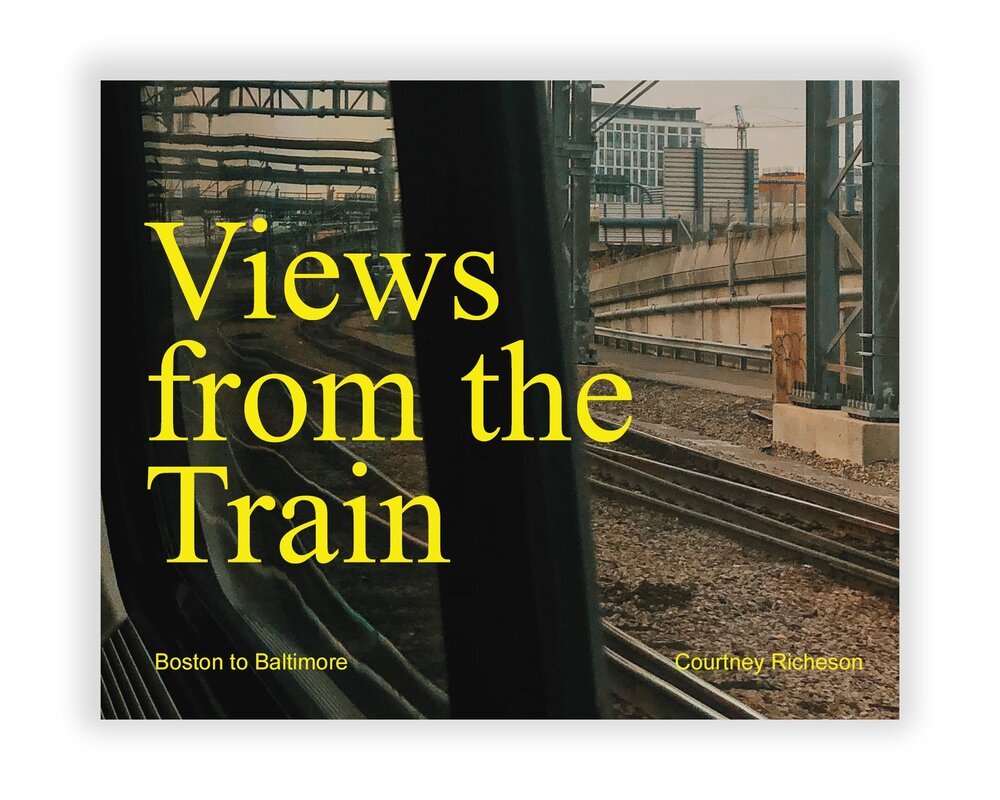Name: Courtney Richeson
Age: 28
Profession: Architect
Web: www.courtneyricheson.com
IG / Social Media links: @courtneyricheson
What was your first camera? When did you get it?
My first camera wasn’t actually mine, it was my father’s. It was a small digital point-and-shoot, which made photography approachable as a middle schooler. With the immediacy of the digital medium, I was able to slowly develop a sense for composition with it and experiment in an iterative way.
Film or digital or both? Why?
I find myself drawn to the instant gratification of digital. It’s a medium I’m much more comfortable with. I like that digital alleviates some of the anxieties of getting the shot right. In that sense, I feel it’s more conducive for investigating a subject when you don’t know what you’re looking for yet. My knowledge of working with film is very limited and something I hope to improve on. I really admire the material process that operating through film can allow.
Who is your favorite photographer?
Being someone who operates in the realm of architecture, I’m particularly drawn to work that uses photography to make observations on the built environment. Lewis Baltz was the first photographer I came across whose work demonstrated how this could be done. I continue to educate myself on artists whose work operates similarly, and have found myself drawn to the work of Stephen Shore, Todd Hido, and Richard Misrach.
What is your favorite time of day/lighting situation to shoot?
I particularly like the in-between-ness of when the sun is still out, but not for much longer and the street lamps haven’t turned on yet, or are starting to, one by one.
What brought you to Baltimore and when? What was your initial impression of the city and how has this evolved or stayed consistent?
I moved to Baltimore after completing graduate school in the midst of the pandemic. Having grown up in a suburb outside of Baltimore, it was a consistent source of fascination throughout my architectural career. When I was offered a position at a local firm (PI.KL Studio) I was excited by the opportunity to not only explore my interest in Baltimore’s built environment, but contribute to it as well. My understanding of the city continues to evolve and the lines of what is considered the extent of the city have blurred as I investigate its various infrastructure systems.
What’s your favorite piece of photo equipment these days?
I’m not very savvy when it comes to photo equipment. I’ve been enjoying experimenting with how architectural materials can be used throughout the photographic process.
Filters or no filters? Why?
For this particular series, the window of the train acts like a filter, which I don’t attempt to hide in the photos. You’ll see ambient smudges, reflections, shadows, and raindrops throughout. I think filters, when used thoughtfully, can contribute to the clarity of an idea or speculation.
What’s your favorite place in Baltimore—to shoot, visit, or experience?
I find myself focusing on Baltimore’s infrastructure space, a term that I think can have a really broad meaning and send one in many different and exciting directions.
